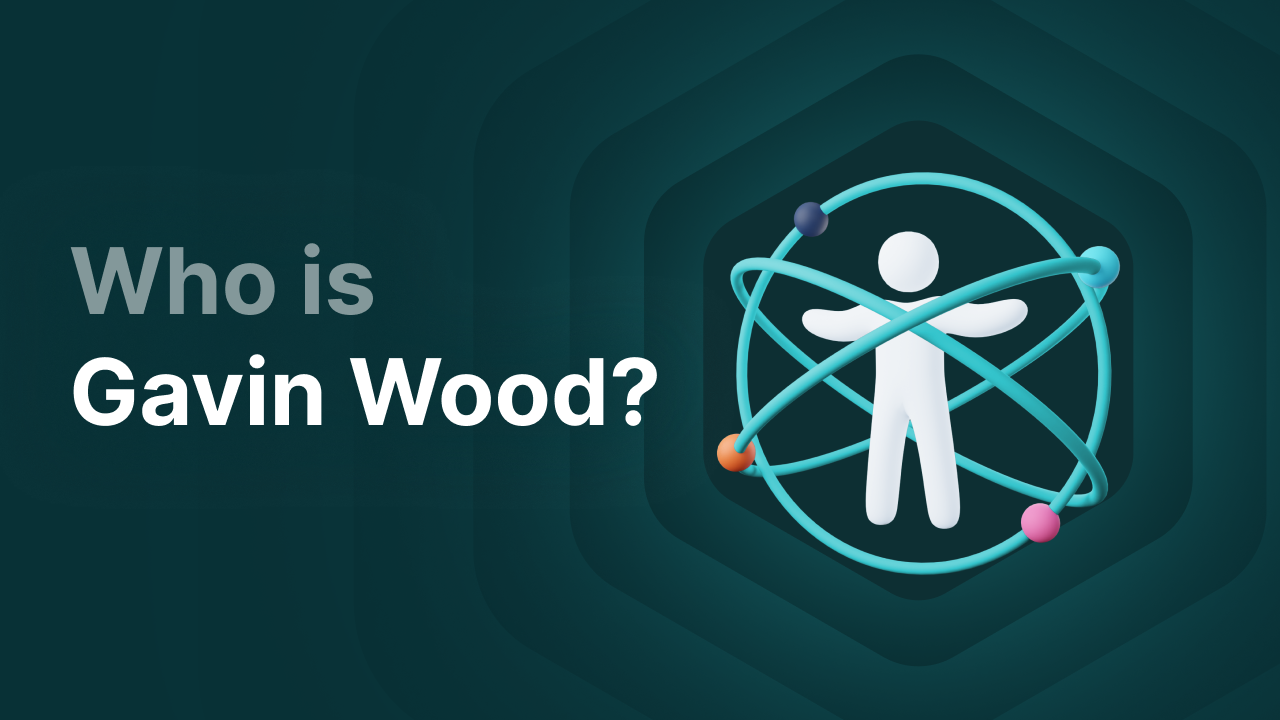Who is Gavin Wood and why is he important for blockchain?

Who is Gavin Wood?
Gavin Wood is one of the biggest names in the world of blockchain technology and is best known for his role as a co-founder of Ethereum, as the initiator of the first version of the programming language Solidity and as one of the driving forces behind Polkadot. With his work he has had a massive impact on how blockchains function and how developers build dApps within Web3.
Gavin Wood was born in 1980 in England and studied computer science. Early in his career he focused on complex technologies and system architectures. This formed the basis for his crucial role in the creation of Ethereum and his later projects.
Key Takeaways
- Gavin Wood is a British computer scientist and co-founder of Ethereum, known for his major technical influence on blockchain technology.
- He wrote the Ethereum Yellow Paper and introduced the first version of Solidity, which laid the foundation for dApps, DeFi and NFTs.
- Wood left Ethereum because he had a different vision on scalability, innovation and governance within blockchains.
- He then founded Parity Technologies and the Web3 Foundation, which led to the creation of Polkadot and the Substrate framework.
- Polkadot fulfills Wood’s vision of an internet of interoperable blockchains thanks to parachains and the Nominated Proof-of-Stake system.
Gavin Wood’s role in Ethereum
In 2013 Gavin Wood joined the team that was working on Ethereum at the time. Back then everything was still based on the young and ambitious vision of Vitalik Buterin. He worked at the Ethereum Foundation as Chief Technology Officer (CTO) and was responsible for the technical direction of the network. In 2014 he wrote the Ethereum Yellow Paper, which describes the official technical specifications of the Ethereum Virtual Machine (EVM). This document explains how Ethereum works and how software developers should implement clients and smart contracts.
One of his most well-known projects is the introduction of Solidity, the programming language used for most smart contracts on Ethereum. He introduced the first version of Solidity, but the language was later expanded and developed by Christian Reitwiessner and the later Solidity team. Solidity forms the foundation of the ecosystem of decentralized applications (dApps), DeFi projects and NFT platforms. Without Solidity this ecosystem would never have grown so quickly. That is why Wood is often seen as the person who laid the technical foundation beneath Ethereum.
Why did Gavin Wood leave Ethereum?
Although Gavin Wood played an important role in the development of Ethereum, Wood had a different vision regarding scalability, structure and governance within blockchain networks. He believed that Ethereum was innovating too slowly and felt that blockchains should be more flexible and able to connect and collaborate more easily. Due to these differences in vision and priorities Wood ended his role within the Ethereum Foundation in 2016 and began developing his own ideas further.
Parity Technologies
After leaving Ethereum, Wood started Parity Technologies, the software company that later became responsible for a large part of the core technology behind Polkadot. From Parity he worked on Substrate, the Polkadot network and various Web3 innovations. In 2022 Wood stepped down as CEO to fully focus on the technical direction and long-term vision of the Polkadot ecosystem.
The birth of Polkadot
In addition to his work at Parity, Wood also founded the Web3 Foundation, where he launched his new project: Polkadot. This layer-0 protocol aims to create an internet of blockchains in which different networks can communicate with each other safely and efficiently. This makes Polkadot unique, since traditional blockchains often operate independently from each other.
An important part of his vision is the Substrate framework. This is a system that allows developers to easily create their own blockchain. When developing with Substrate, blockchains can be connected directly to Polkadot without needing to be built from scratch. This allows projects to experiment and innovate more easily.
This approach within Polkadot works through parachains. These are specialized blockchains that run parallel to one another and exchange information through Polkadot’s main relay chain. Polkadot also uses the consensus algorithm called Nominated Proof-of-Stake (NPoS), which ensures efficient and secure consensus. Wood also played a major role in the development of NPoS.
Among developers Polkadot is considered a respected network with a strong technical foundation. Wood continues to play a central role in the development and future of the Polkadot ecosystem.
Gavin Wood’s influence on the blockchain world
Gavin Wood has had a major influence on the blockchain world. He not only helped create Ethereum and Polkadot, but he also popularized the term Web3. His approach has led to new ways of thinking about interoperability, scalability and decentralization. That is why within the technical community Gavin Wood is seen as one of the most innovative and forward-thinking blockchain architects.
Final thoughts
Gavin Wood has left a lasting mark on the development of blockchain technology. His contribution to Ethereum laid the foundation for smart contracts and the wide ecosystem of dApps that grew out of it. With Polkadot and the Substrate framework he then introduced a new way for blockchains to collaborate and become more scalable. Thanks to his forward-thinking ideas on interoperability, governance and Web3, Wood has significantly changed the way developers view blockchain networks. This makes him one of the most influential figures within the technical community and ensures he continues to play an important role in the ongoing evolution of the blockchain world.




